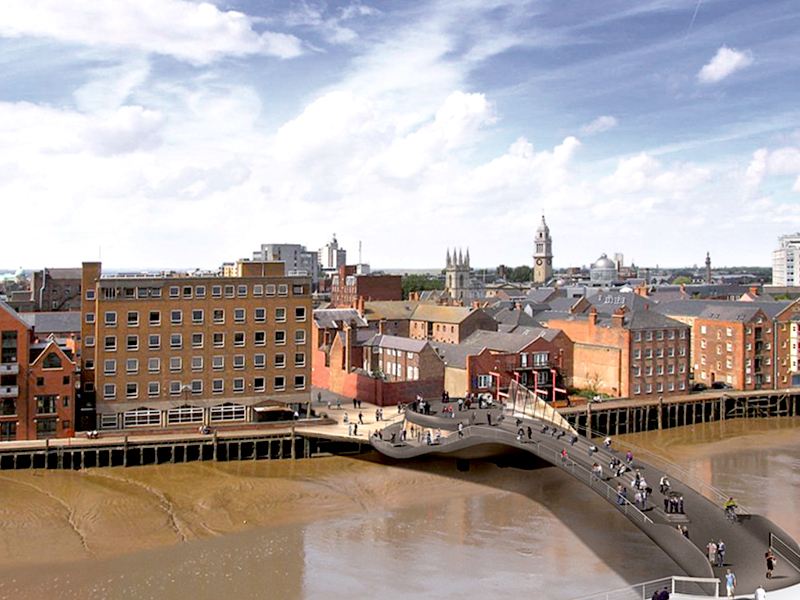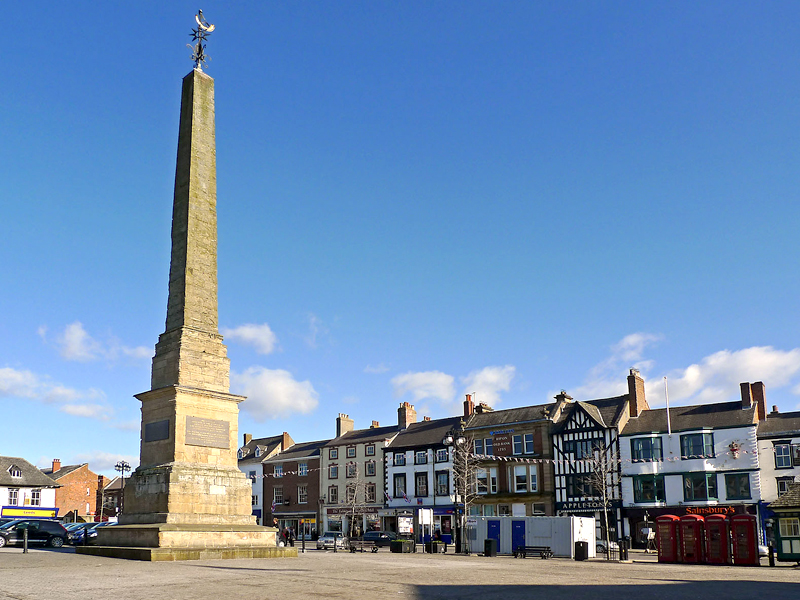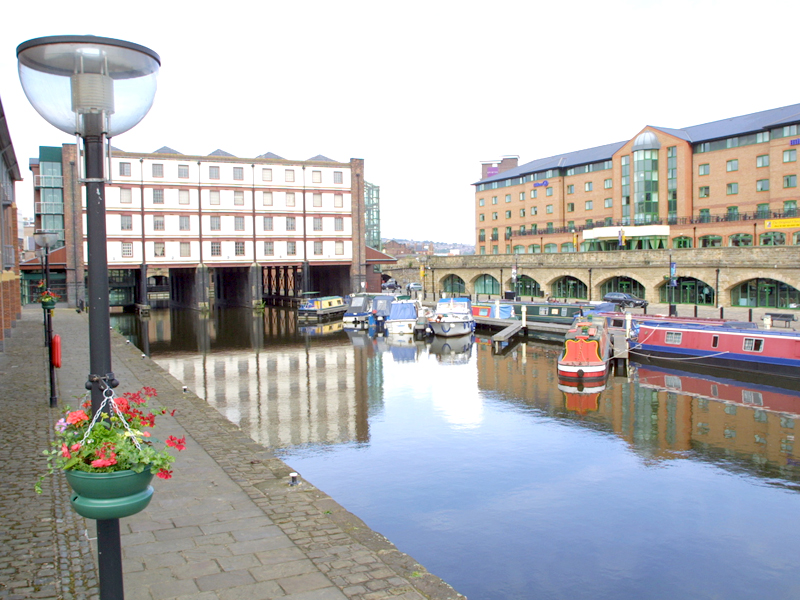Take Some Time to Explore The Cities In North East England
More on The North Eastern Region of England
North Eastern Part of England is the perfect place to visit when it comes to paying business visits for research, tourist visits for recreation and exploration and maybe also education for those who find England as a better choice. The North East is one of the nine areas of England that are grouped at the principal level of NUTS for measurable purposes. It covers Northumberland, County Durham, Tyne and Wear, and the Tees Valley. The area is home to three extensive conurbations: Teesside, Wearside and Tyneside, the last of which is the biggest of the three and the eighth most crowded conurbation in the United Kingdom. There are just three urban areas in the district; Newcastle upon Tyne is the biggest city in the locale with a populace of 280,000, by which it took after by Sunderland Though is sure that both of regions are situated in the metropolitan region of Tyne and Wear. The city of Durham is the district town of County Durham. Other extensive settlements in the locale incorporate Darlington; Gateshead, Stockton-on-Tees, South Shields, Stockton-on-Tees, Hartlepool plus Middlesbrough and Redcar respectively.
Early History of North East Region
The region of the north east is a generally hilly and sparsely populated area. The North and West, and urban and arable in the East region plus the South region. The highest point in the region is The Cheviot, in the Cheviot Hills, at 815 metres (2,674 ft).The territorial area contains the urban centres of Teesside, Tyneside plus Wearside. And they’re all identified for the rich natural magnificence of its coastline, National Park and also Northumberland, to also contain a select part of the Pennines that includes Teesdale and Weardale. Its ancient values is very visible by Northumberland's ancient castles, the two World Heritage Sites of Cathedral of Durham plus its Castle, and Hadrian's Wall. As a matter of fact Roman archaeology can be found widely across the region followed by the distinctive exhibitions based around the Roman Fort of Segedunum at Wallsend. And even the other forts along Hadrian's Wall are known to be supported by the different kinds of artifacts that are displayed in the Great North Museum Hancock in Newcastle. St. Peter's Church which is directly located in the heart of Monkwearmouth, Sunderland is also part of the World Heritage Site.
Why Visit North East England
You may decide to pay a visit to North east for your wedding ceremony and reception, if not for the purposes of tourism, business or education. Or maybe you are a scientific or Medical researcher who needs some informative history from the region. Other reasons you may decide to visit the North east region may depend totally on your view of the region or england as whole. Vacations and Short holiday off work is also relevant to our health. In the North east region, you will find a lot of exceptional islands and monuments of great importance, land of serenity and fields where you can often visit to engage your innermost soul to connect with mother earth. More like practicing Quietness and Serenity.
➔ Here are top Heritage and economic value of England’s North Eastern Region
★ Alkali manufacturing: The region boasts of several numbers of manufacturing plants, companies and industries owned by both government bodies and the public. Alkali manufacturing business has been established in several cities and small towns in the whole of the north western england. Because of its first impression importance several decades ago in the region.
★ Teesside chemicals: Teesside Chemicals on the other hand has been of great economic importance in the region. The Chemical Industry was built up at Billingham in 1918 by the Government for the generation of manufactured alkali. It was planned for use really taking shape of weapons for the Great War.The 700 section of land Grange Farm at Billingham was decided for the site. The war was over when the plant opened and it must be adjusted to new assembling. It was assumed control by Brunner Mond in 1920 and produced substance such as synthetic Ammonia, Fertilizers, and Detergents (in later years).
★ The Brunner Mond Company: Brunner’s existence and establishment was simultaneous with the Teesside Chemical company. By 1882 various salt works were set up at Haverton Hill close to Port Clarance and adjacent Seal Sands in 1882 by Bell Brothers. This organization turned into the main firm to start huge scale salt generation on Teesside and salt specialists were acquired from Cheshire and housed at Haverton Hill. The salt-production interests of Bell Brothers were purchased by Brunner Mond and Co of Cheshire in 1890.
★ Chemicals at Billingham: In a more succinct explication, the Chemicals at Billingham chemical production firm lasted not until it was acquired by The Brunner Mond Company sometimes in year 1920. The Chemical Industry was set up at Billingham in 1918 by the Government for the generation of synthetic alkali. It was proposed for use really taking shape of weapons for the Great War. Though the 700 section of land Grange Farm at Billingham was decided for the site. The war was over when the plant opened and it must be adjusted to new assembling. It was assumed control by Brunner Mond in 1920 and produced manufactured smelling salts and fertilizers as well.
★ Plastics and nylon manufacture: Plastic production, in any case is relevant for any region in early days of advancement or economic development. North east was not left out of the revolution. Assembling of plastics started at Billingham in 1934. This is one of the primary spots on the planet where substantial scale production of these materials occurred. Another concoction plant was set up the next year for making oil and petrol from creosote and coal through a procedure called hydrogenation. In 1946 another substantial concoction works opened on Teesside at Wilton.
★ Petrochemical production: Petrochemicals and other by-products of petrol kick started few years after Plastic and nylon manufacture took it sit. Coke broilers utilized as a part of the making of chemicals at Billingham were supplanted in 1962 by new plants using the steam naphtha process which empowered the utilization of raw petroleum as feedstock for the procedure known as "splitting". Which ended up as one of the most less expensive procedure of making ethylene, aromatuics, petroleum subordinates and different chemicals, for example, smelling salts on Teesside.
Other notable business development and heritage exploits in the city includes concerned areas like in
★ Salt making
★ Glass
★ Coal mining
★ Iron and steel
North East England,Visit North East England














